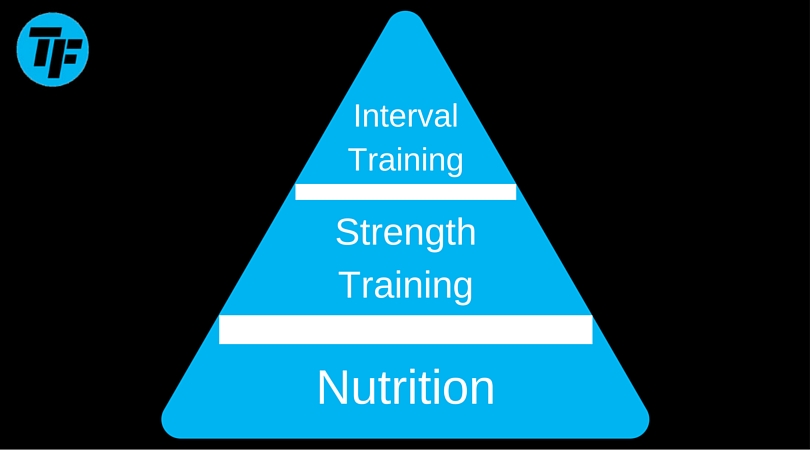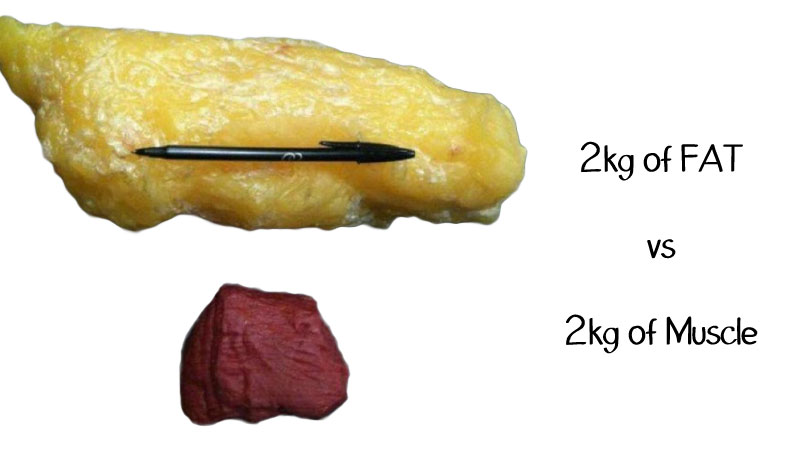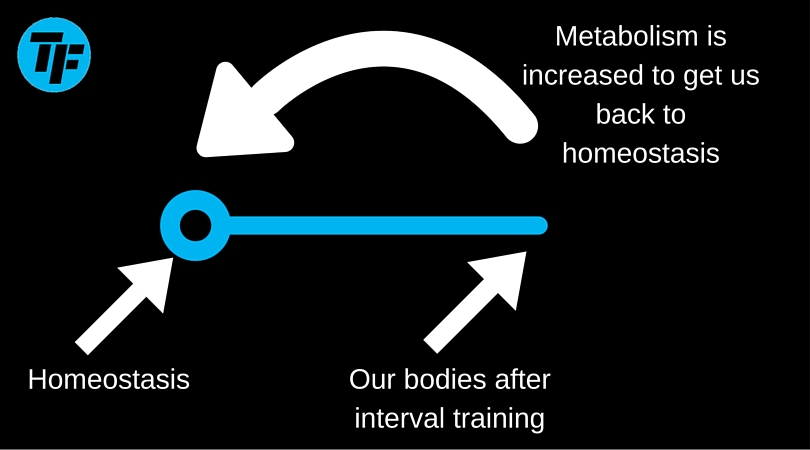Fat loss is one of the most widely sought after goals in the American society. And there’s plenty of reason why. We eat more and are more sedentary than ever before. This makes the goal an obvious choice.
Many people will fall into one of two camps. There are those who log hours of exercise each week while eating the same foods day in and day out. Then there are those willing to change the way they eat but could care less about exercising.
The tendency is to treat diet and exercise as sort of a two-way street. You can do one without the other. But the reality is, the solution to this problem involves both sides.
Everyone wants to know how to easily lose fat raising the question of “What’s most important?” But the better question is “How do you lose fat and keep it off forever?” I mean, who wants to get leaner just to end up back where they started a few months later?
And yet that’s what happens to the majority of people. I don’t know about you but if I’m working towards a goal, I want to see some results. But more than that, I want to be able to maintain those results for the long haul.
Digging into our question above, I want to share the fat loss hierarchy. This isn’t some magic scheme to get quick results. This is the answer on how to get sustainable results.
I’ll be honest, this method isn’t fancy or the latest and greatest thing. It’s fairly basic and works best with a little bit of consistency. Here it is:

Let’s break this down.
There are three big factors within this pyramid. At the base, we have nutrition. It’s at the bottom because it is the foundation of any results you will see.
One of the most crucial factors in seeing fat loss is creating a caloric deficit. This can be easily accomplished through our food intake more than anything else.
For example, a 125 pound female running 3 miles at a pace of 6mph would burn roughly 300 calories, creating a 300 calorie deficit. That same deficit could be created by cutting out 1 cup of vanilla ice cream.
What’s easier, running for 30 minutes or not eating ice cream? Obviously forgoing the dessert would be easiest. That’s why nutrition is the base. It is the most important factor when it comes to any body composition goal and you can create the most change here.
Here are the things to focus on:
- Eat protein at every meal.
- Eat fruits and veggies at every meal.
- Eat less carbohydrates on days you aren’t as active.
- Drink zero or low calorie drinks.
- Limit treats throughout the week.
Next up in pyramid, we have strength training. There will be many that argue that strength training shouldn’t be done because it will just make you big. That couldn’t be further from the truth.
The reason why strength training is important is because it helps you preserve muscle mass as you lose weight. Why is this important?
Well, let’s look at two different people both weighing 175 pounds. The first person loses a total of 15 pounds, 10 pounds of fat and 5 pounds of muscle. The second person also lose 15 pounds, but it’s 15 pounds of fat. Do you think these two people would look differently? Absolutely!
Fat takes up more room than muscle within the body. Because of this, more fat means the body gets bigger. However, if you lose fat and keep your muscle mass, your body gets leaner and more defined.

Based on the picture above, you should be able to see how losing fat and maintaining muscle would not make you look big. It’s quite the opposite. Many people want more muscle definition, and that’s exactly what strength training does.
It helps you keep the muscle mass you have as you lose fat. Not only that it also helps build muscle mass. More muscle mass means a higher metabolism. And a higher metabolism means more calories burned throughout the day. All in all, this makes strength training a vital piece of the fat loss puzzle.
Here are the things to focus on:
- Strength train 2-3 times per week.
- Use big compound movements that work multiple muscles like squats, deadlifts, lunges, push-ups, and rows.
- Perform anywhere from 2-4 sets of 6-12 reps.
- Use weight that feels like a 7-9 out of 10 on a 1-10 scale with 10 being the most intense form of exercise.
And finally, interval training compromises the top part of the pyramid. Long duration cardio is the most popular form of exercise for weight loss. However, it’s not the most efficient way to burn fat.
Cardio is great at burning calories during exercise, but it doesn’t do much after that. The reason why interval training is so effective is because of what happens after exercise.
Our bodies exhibit what’s know as homeostasis. This can be defined as “The maintenance of relatively stable internal physiological conditions (as body temperature or the pH of blood) in higher animals under fluctuating environmental conditions”.
Basically, this is our bodies when we are at rest. We have specific regulatory mechanisms that keep us functioning normally though our environment is constantly changing.
When this homeostasis is disrupted, our metabolism is increased to get us back to a rested state. This means we have to burn more calories than we normally would at rest. Interval training produces a greater degree of disruption when compared to cardiovascular training.

So, after you have completed your bout of interval training metabolism is increased. This allows you to continue to burn calories even though you have stopped exercising. More calories burned creates more of a caloric deficit which, as we talked about earlier, is essential for losing fat.
Another great thing is intervals takes less time to complete because you are exercising at a greater intensity. That means less time spent in the gym. Overall, interval training is superior to cardio when it comes to fat loss.
Here are the things to focus on:
- Keep interval training short (10-20 minutes) 1-3 times per week.
- Alternate periods of work with periods of rest (i.e. 20 seconds of kettlebell swings followed by 40 seconds of rest).
- Keep intensity high during your work periods (shoot for an 8-9 out of 10 on a 1-10 scale with 10 being the most intense form of exercise).
- Perform exercises where the technique is hard to screw up. Because the intensity is so high you want to make sure form is on point so you aren’t injured (i.e. bike sprints).
*****
And that is essentially what sustainable fat loss boils down too. Like I said, there’s nothing about this method that is fancy or new. It involves simple scientific principles mixed in with some consistent and dedicated effort.
Quick results usually are short-term results. No one wants that. And yet that’s what is constantly advertised in today’s society.
Forget all the infomercials, diet pills, and exercise gimmicks. Focus on the basics that I have outlined in the fat loss hierarchy pyramid and you will get better, long-term results than you could have ever imagined.
Photo Credit:
1. http://www.bulletproofexec.com
2. http://jdhealthandperformance.com/
Social Media:
1. www.facebook.com/tidewaterfitness
2. www.twitter.com/tidewaterfit
3. www.instagram.com/tidewaterfitness






